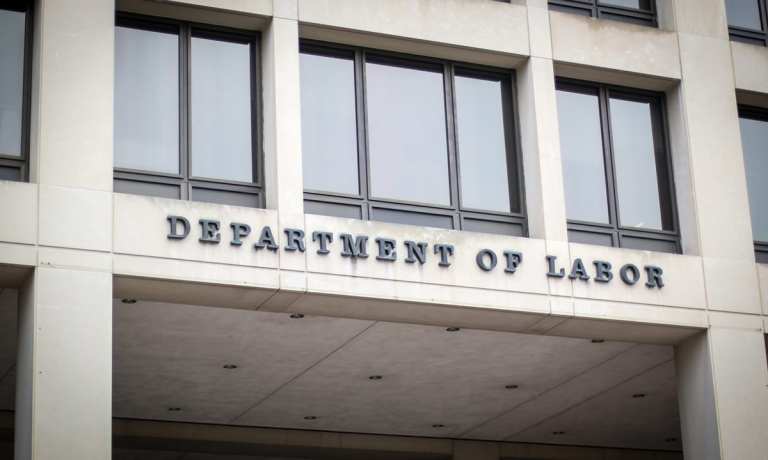
Unemployment figures released by the U.S. Department of Labor (DOL) have been inaccurate and payments have been too low for some recipients, according to a Government Accountability Office (GAO) report on Monday (Nov. 30), according to a Wall Street Journal report.
The average weekly Pandemic Unemployment Assistance (PUA) payments to self-employed and gig workers — people not normally eligible for unemployment benefits — has been below the poverty line in 70 percent of states.
“The majority of states have been paying PUA claimants the minimum allowable benefit instead of the amount they are eligible for based on prior earnings,” the GAO said.
It appears that backlogs and other data issues have made the DOL’s weekly estimate inaccurate. Three programs for unemployment insurance were created as a direct result of the pandemic and were funded by the CARES Act.
The DOL reports “the number of weeks of unemployment benefits claimed by individuals in each state during the period and reports the total count as the number of people claiming benefits nationwide.” DOL officials told GAO that it uses this figure as the number of people filing because the numbers “were closely related,” according to the WSJ report.
The GAO recommends that the DOL adjusts its report “to clarify that in the current unemployment environment, the numbers it reports for weeks of unemployment claimed do not accurately estimate the number of unique individuals claiming benefits.”
The agency also suggests that the DOL reports “the actual number of distinct individuals claiming benefits” by obtaining the information directly from each state.
“[The] DOL agreed with the recommendation to revise its weekly news releases, and partially agreed with the recommendation to pursue options to report the actual number of distinct individuals claiming benefits,” according to the report.
The GAO report comes as pandemic benefits get closer to their end date of Dec. 26. Talks about future funding have been stalled.
California stopped reporting its unemployment claims due to a massive backlog in what has been a record number of claims filed nationwide. The backlog started building when anti-fraud measures were instituted.
According to the Nov. 19 DOL report, new jobless claims were up 31,000, hitting 742,000.